
Thank you for visiting HOJO website. If you have any enquiry, please feel free to get in touch with us at
▼ Akira Hojo
▼ Hojo Newsletter
▼ HOJO FACEBOOK





HOME > Oolong Tea >Phoenix Dan Cong Oolong

For more detail information, please visit >>
This tea comes from Phoenix Mountain at Guangdong Province of China. In tea world, there are many types of tea available. Thus, it is not wise to name a tea as the best tea. However, I still dare to say that Phoenix Dan Cong Oolong should be listed in top 3 as the best tea in the world. Phoenix Dan Cong Oolong gives unimaginably fresh fruity flavor. For many teas, we often describe it as giving "flowery" or "fruity" note. But for Phoenix Dan Cong oolong, its flavor is unerringly fruity; having a cup of Phoenix Dan Cong oolong is just like drinking fresh fruit juice. Its up-coming aroma and flavor lingers for a long time reminiscent of garden-fresh fruit. Good Phoenix Dan Cong oolong makes water very soft and smooth. It tastes sweet and no astringency or bitterness at all. As far as I know, children often enjoy this tea. When you drink very high-end Phoenix Dan Cong oolong, your body feel warm, your face becomes red or pink and you feel very relax. It is believed that good tea will improves blood circulation.
The word "Dan Cong" means independent bush. Each tea tree of Phoenix Dan Cong is grown just like wild plant. Some of the tea trees grown even up to 5 meters height! Tea trees are not grown like the ordinary garden tea that tea trees are aligned and frequently pruned to waist height for ease of plucking. Dan Cong tea is different from garden tea, it refers to tea plucked and produced from the selected tree. The reason is as follow:
In modern days, tea can be propagated by cutting. With this method, all tea trees carry the same genetic trait. In old days, tea was propagated from seed. Therefore, each tea tree grown from the seed carries unique and identical trait. As a result, each tree shows differences in terms of the leaf size, intensity of bitterness, flavor, taste and even the color of leaf. It is just like us, human. Although our face and character can be very resemble with our parent, we are not identical with our parent. In a way, different tree carries different identity, specially in flavor and quality. Thus, if leaves from different trees are mixed, the unique flavor and the character of each tea will be lost. Under the circumstances, Phoenix oolong is grouped according to the age of tree, type of hybridization and other factors that affect the flavor and quality. It is a tradition that tea leaves were gathered from respective Dan Cong tree and categorized accordingly. As a result, each batch of Phoenix Dan Cong oolong is always limited in terms of flavor and quality. Under the same name, there is always several batches that quality varies a lot. For example Mi Lan Xiang, there is a wide range of products in the market that quality is very different. The altitude, soil, age of tree and how farmer takes care of tea tree affects a lot in quality. Thus, some Mi Lan Xiang Dan Cong is available at JPY1000/100g and some could be even up to JPY100,000/100g. The quality is all depending on which "Dan Cong" is selected.
Among Phoenix oolongs, the lowest quality is produced from garden tea at lower altitude. Generally, tea tree in the garden is very young since the tea garden concept was just introduced in modern days. 100% of tea in the tea garden is propagated by cutting. This is called cloning. As the result, the trait of all tea trees grown in tea garden is identical. Tea from the entire garden will be harvested to produce a same batch of tea since all teas have the same flavor and quality. There are vast numbers of tea garden dominating the Phoenix town and surrounding areas. In Phoenix town, majority of Phoenix Oolongs available in the market is garden tea. Nevertheless, it is often called Dan Cong despite it is not produced from old tree or independent bush. If you have ever tasted the authentic Phoenix Dan Cong oolong, you would notice a huge difference between garden Phoenix oolong and Phoenix Dan Cong.
Among Dan Cong, very specific tree aged more than 500 years old or very original tree of particular flavor is protected. This tree is called "Lao Cong" (老欉). The "Cong" of Lao Cong is different from the meaning of "Cong" of Dan Cong (単叢). The Lao Cong means old tree. However Lao Cong does not mean the quality is always high quality. The primary factor that affects the quality is the soil and the way the tea tree is taken care.
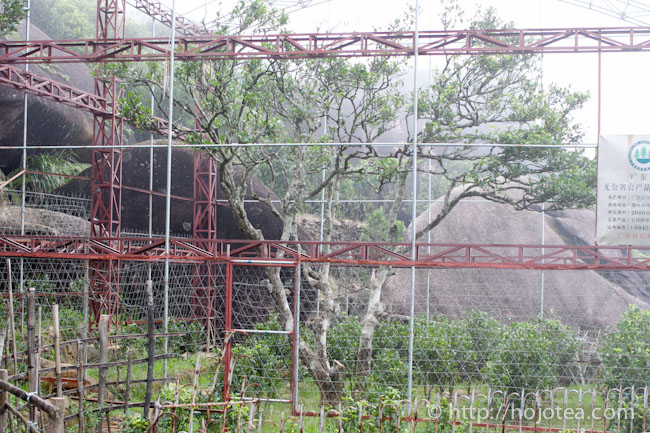
This is the tea tree of Don Fang Hong. Since it is very precious tree, it is protected by the fence.
The following video shows the 3 different categories of Phoenix Oolong, 1. Garden tea, 2. Dan Cong, and 3. Lao Cong Dan Cong.
All Phoenix Dan Cong except Yu Lang Xiang is produced in Wu Dong mountain. Phoenix Mountain comprises of many mountains. Wu Dong mountain is known to produce the best quality Dan Cong thanks to its altitude, clay and the age of tree. As far as I know, there are 3 major reasons why Wu Dong Mountain produces fine quality teas:
The primary reason why Wu Dong Mountain was selected by their ancestors for planting tea was that it has abundant red soil (red clay), particularly at altitude around 800 to 1400m.
For more detail information, please visit >>
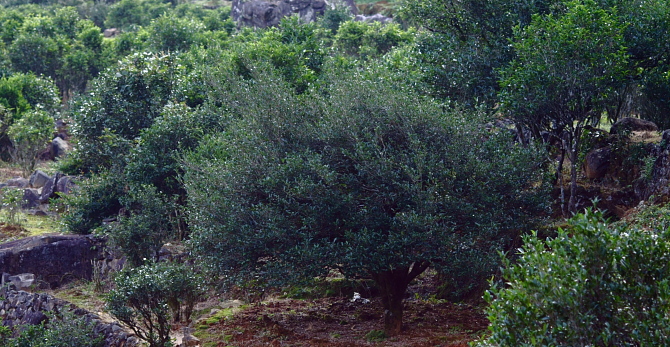
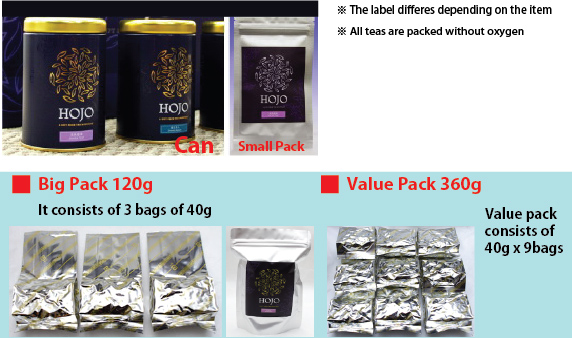
For more detail information, please visit >>
The flavour of phoenix oolong becomes stronger after appropriate maturation. The flavour becomes very sweet, like ripe berry. In the hometown of Phoenix oolong, traditionally the manufacturers keep tea in a plastic bag and place in a drum or another layer of bag. With such storage method, tea will undergo maturation as well as minor oxidation. Before they introduce the tea to the market, they will bake the tea at low temperature and for long hour in order to remove the oxidized smell and bring up the strong fruity flavor.
After series of experiment in the past few years, Hojo found that Phoenix oolong can be well-matured with another method. We conducted many tests to verify the outcome, and we have come to the conclusion that keeping tea without oxygen is a way to get it matured without developing unpleasant oxidized flavor. Even if there is no oxygen, tea will be matured slowly and steadily. Now we are confident this is one of the best methods to make Phoenix oolong tea well-matured. The tea matured with this method produces strong sweet flavor. If you wish to conduct the maturation of tea by yourself, I suggest you not to open the bag of tea and keep it in the warmest room in your house.
We introduce the each type of Phoenix tea according to the name and not to segregate by the year of production, except for those vintage tea. Basically we are buying the same quality as long as the price is the same. As for the flavor, the older the stronger if the tea is kept without oxygen. However the product lineup will be too many and confusing if we introduce every tea according to the year. So we decided to just stick to the name and no longer segregate the tea by the year of production. The most importantly we will manage the tea with the same quality in the years to come. For the special case that the quality of the tea we bought this year is different from the previous quality, we will finish the earlier type of tea first and only then introduce the new quality with the notice.
This tea is very popular thanks to its sweet and distinctive flavor. Many customers who tried this tea described that its flavor reminds them of Lychee. For me, its flavor is more like ripe peach.
Due to the fame and popularity of this tea, Mi Lan Xiang is very common in tea market. However majority is garden tea that gives very strong aroma, yet lacks thickness and depth in its flavor and taste.
Hojo selected Mi Lan Xiang from the tea tree aged about 100 years old. Despite tree is not very old, it produces tea with intensity of flavor and thickness that is strong enough. It gives totally different level of flavor compared to garden tea; its flavor is much more complex with multi-layered fruity note. We bought tea at the very right timing in spring when tea was just produced. Tea is not undergone additional firing process and therefore it gives very fresh fruity and flowery flavor.
The material used for this tea is the same as the Phoenix Mi Lan Xiang. The difference is that the normal Mi Lan Xiang is baked once in order to keep its fresh fruity flavor, while "matured flavor type" is baked 2 times in order to bring up very thick and ripen flavor. It gives thick yellow-orange liquor and strong ripe lychee or mango flavor. This tea is very popular in Chaozhou and consumed a lot during colder season.
This tea is produced in 2007. The 5 years of storage made tea very thick matured flavor. You feel strong fruity flavor as well as slight woody flavor. It is very rare tea, yet the selling price is the same as the normal Mi Lan Xiang.
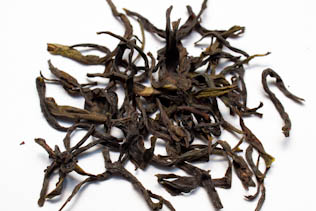
| Altitude: 1200m at Wu Dong Mountain |
This tea gives very sweet and fresh flavor like yellow mango with almost no astringency in taste. Without additional firing process, this tea is light and clear. The price range of this tea is close to Mi Lan Xiang; sometimes customer confused which tea to choose. Mi Lan Xiang gives slightly stronger after taste, while Jin Yu Lan gives stronger flavor. Mi Lan Xiang gives very complex flavor, while Jin Yu Lan gives more uniform and clear flavor. In fact, nearly half of our customers prefer this tea while another half prefer Mi Lang Xiang.
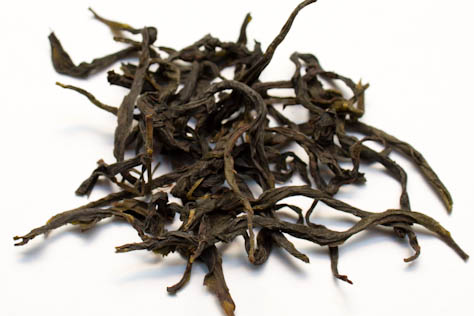
| Altitude: 800m at Wu Dong Mountain |
"Lao Cong" means old tree. This "Cong" is different word from the "Cong" used for "Dan Cong". This tea is produced from the tea tree aged around 500 years old. Thanks to the very high mineral content, it gives very strong after taste that lingers on your throat for a long time. I experienced that its flavor remained nearly half an hour after drinking.
The oldest Shui Xian tree in Phoenix Mountain is about 900 years old. Somehow, all kinds of Phoenix tea belongs to the Shui Xian family. Phoenix Shui Xian does not have as striking flavor as compared to the rest of phoenix Dan Cong. Instead, its flavor is slightly woody with hint of dried fruit note. This is the reason that its price is not too high even though tea is made from 500 years old tree. Many enjoy this tea as a daily drinking tea because of its subtle flavor. You can hardly get bored with this tea thanks to its less overwhelming fruity flavor. Initially the infusion is light and clear, then getting thick in taste, and later it returns to an up-coming aromatic flavor lingers for a long time after drinking. The after effect of this tea is impressively strong. For tea enthusiasts who enjoy a delicate flavor yet strong aftertaste, Lao Cong Shui Xian is a great choice. The best part of enjoying this tea is the ascending flavor that comes back right after drinking this tea. Shui Xian is also famous in Wuyi Shan and highly priced in tea market. However, you are not able to find Shui Xian tea tree the age is more than 500 years old in Wuyi Shan.
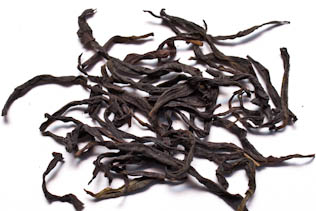
| Altitude: 1300m at Wu Dong Mountain |
There are many fans of this tea among our customers. This tea gives very sweet and intense flavor that reminds us of peach, apricot, mango or some sort of exotic tropical fruits. Song Zong is the F1 generation of Shui Xian cultivar. In a way, the parent of this tea is Shui Xian.This cultivar was identified during Song dynasty and therefore it was called Song Zhong. Song Zhong is a very popular tea and widely available in tea market. However there is a huge difference in quality and flavor as well. Different trees of Song Zhong give different characters. I have tried Song Zhong that costs more than USD1000/100g; it was unimaginably and heavenly amazing. Hojo selected Song Zhong from tree aged about 200 years old. We emphasize The balance between price and quality is our main consideration in order to let more customers experience this excellent tea. The precise name of this tea is Song Zhong Zhi Lan Xiang.

| Altitude: 1000m at Wu Dong Mountain |
This tea is from the same material as the one used for the above fresh crop. It has been kept for 8 years since 2004. The manufactured decided to introduce this tea this year and fired at low temperature in order to wake the tea up. As the result, it gives very intense fruity flavor. The flavor is very resemble to the raspberry for me. You may feel a little bit of pineapple or mango flavor as well. Based on my experience, the most of vintage phoenix tea is not kept well and as the result, it has to be heavily fired in order to remove the oxidized flavor. This tea has been very well kept and fruity flavor is extremely well-preserved. Although this is rare vintage tea, we maintain the original price as 8 year's ago.

| Altitude: 1000m at Wu Dong Mountain |
This tea gives very sweet flavor that reminds us of honeyed fruit like peach preserved in syrup with a hint of flavor like custard cream. The after taste of this tea is as strong as high-end Taiwan oolong tea. The full name of this tea is called Poenix Wu Dong Song Zhong Huang Zhi Xiang. This tea and another Song Zhong (Zhi Lan Xiang) is like brothers. Huang Zhi means gardenia flower. This tea is very popular among the middle grade of Phoenix Dan Cong. Song Zong Zhi Lang Xiang gives very intense fresh peach flavor, while this tea gives ripen sweet peach flavor.
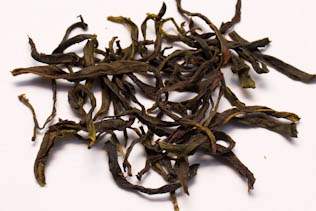
| Altitude: 1000m at Wu Dong Mountain |
It gives very exotic tropical fruit flavor with deep after taste that resembles ripen pineapple, sour-sup or lychee. As it was named, it also gives a hint of aroma like almond essence (Xin Ren means Almond). The after taste of Song Zong or Huang Zhi Xiang is a little stronger compared to this tea, but it is still a very popular tea in Phoenix Mountain thanks to its overwhelmingly unique and strong flavor. When I went to Phoenix Mountain, I couldn't come back without buying this tea.
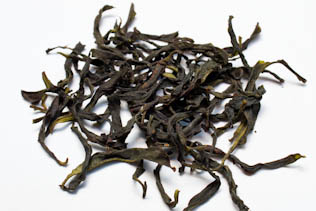
| Altitude: 1000m at Wu Dong Mountain |
The meaning of Ya Shi in Chinese is "Duck Shit"!
It is such an awful name! This is not the name we assigned, but it was a very traditional name used in Phoenix town. In any case, tea does not smell like duck shit. According to the tea history in Phoenix Town, this tea was named by a farmer who found that one of his teas produced very superb quality and unique flavor. He wanted to protect his tea from being stolen, so he decided to call it with a very awful name hoping that no one will come and disturb him. This is how this tea was named as Ya Shi Xiang, literally duck shit flavor.
This tea has a very sweet and intense fruity flavor, like golden peach or fully ripen mango. Despite it is rather a higher-end tea, this tea moves fastest in my shop in Malaysia. It is a very popular tea in Phoenix Town as well.
I've selected this tea from much older tea tree so that my customers enjoy the complexity of "duck shit flavor".

| Altitude: 1100m in Wu Dong Mountain |
Ba Xian in Chinese means The Eight Immortals. It is one of the very classic Phoenix teas. Its direct parent is Shui Xian cultivar. Therefore, it has some close characters of both Shui Xian and Song Zhong. Since this tea is very popular in Phoenix town, the quality varies a lot depending on the age of tree, altitude and growing condition. In particular, those teas produced from young tree (below 100 years old) or those produced from garden tea is completely different in terms of quality and flavor. We are very fond of the flavor of Ba Xian and therefore we wanted to introduce impressive quality. As such, we selected Ba Xian from the tree aged up to 400-500 years old. With a sip of this tea, you can feel its flavor travels very deep down your throat and then lingers for a long time. It is sweet, thick, complex
and unforgetable.
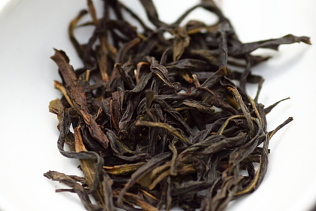
| Altitude: 1300m at Wu Dong Mountain |
This tea is made from the material that quality is slightly lower than the Qing Xian type of Ba Xian. Tea has been kept for 3 years and manufacture baked tea at very low temperature in order to wake up the tea and bring out the fruity character.
Thanks to the very fine storage condition, tea gives very matured and ripe fruity flavor that reminds us of some kind of berry, lychee or mango.
| Altitude: 1300m at Wu Dong Mountain |
Dong Fang means Eastern direction and Hong means red in Chinese. The red implies Communism in China. This tea used to be a tribute tea to the Chairman Mao. From this quality onwards, all our high-end Phoenix Dan Cong's selection is planted from the single and identical tree. The production quantity from a single tree is extremely limited; only 1 to 1.5kg is available in a year.
The meaning of single and identical tree is that individual tea tree is protected in the village. Some of trees are even fenced. Sometimes you may see some precious tea tree in Wuyi mountain that is protected and surrounded with fence. This is the tea in the same category. Usually those protected tea in Wuyi mountain is unimaginably expensive. Good news is that single and identical tea in Phoenix Mountain is not as expensive as those in Wuyi mountain. It is a tea of higher price but still realistic.
This tea gives a fresh honey-like flavor like nectar. Some said its flavor is like sugar cane. The size of leaf is slimmer and smaller than ordinary Phoenix teas. It appears more like a black tea. The dry tea leaf gives aroma like Delaware grape. Once tea is made, it gives much sweeter aroma and flavor goes deep down until you feel it's like reaching to our chest. If you drink a few cups, you feel very warm and relax. Thanks to the high quality, you can easily brew more than 20 infusions using the same tea leaves. If not, please upgrade your software.
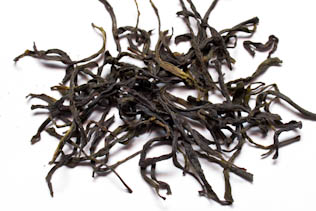
| Altitude 1200m at Wu Dong Mountain |
The name, Tong Tian Xiang means "flavor that goes though the heaven". To make sure that flavor can reach heaven, we selected the tea produced from single and identical tree, Lao Cong, that age is 300-400 year's old. The flavor is not only strong, but also very complex and 3 dimensional. It gives the flavor like muscat and a little peach with slight hint of sweet potato. It makes you felt very sweet and soft. The tea is very gentle, yet the character is very clear and the flavor lingers very long. It reminds you a nice lady who is very gently and with good manner.
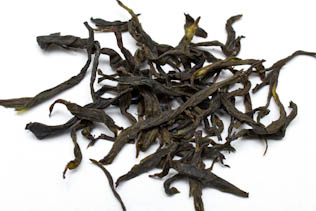
| Altitude: 1200m |
Ye Lai means "night falls" in Chinese. As it is, this tea gives a very subtle flavor. While brewing tea, you may sense its up-coming aroma like ripen mango and sweet potato. When you sip this tea, you may feel its fruity flavor like strawberry. With this tea, the texture of water becomes very soft. As a result, you feel strong after taste. It is also known that this type of high-end tea helps to improve blood circulation. Just after a few cups of tea, we may feel very warm, a little drunk and our face blushes. Many believes that tea keeps us awake due to the caffeine content. However, these high-end tea will rather make us feel sleepy.
Hojo selected this tea from a single tree aged 500 years old and it was well-protected. In a year, only about 1.5kg of tea is available at maximum.
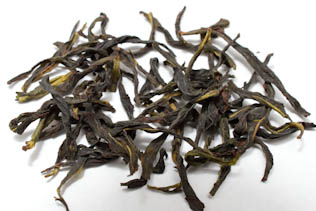
| Altitude: 1200m |
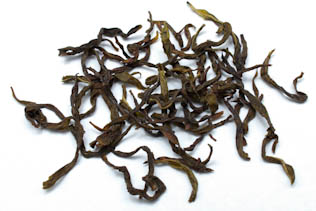
| Altitude: 1200m |
Phoenix Dan Cong generally does not get along with various kinds of "clay". Please use either glass or ceramic tea ware to brew it for the first time. If you notice that "your clay" improve the intensity of after taste better than glass teapot, you can feel free to use your clay tea ware. In my lineup of hand-made Japanese teapot, it is only Gisui's Tokoname Natural Red Clay that could get along with this tea.
For more detail information, please visit >>
In China, tea is not completely sealed air-tight in aluminum bag like the standard used in packing Taiwan tea or Japanese tea. The only tea that is properly vacuum sealed is Tie Guan Yin in China. Traditionally, manufacturers only pack tea in a plastic bag and tie it with tape. Due to the quality of packaging material as well as sealing method, 100% of bag has pinhole or sometimes even bigger holes. This kind of packing method would not appear to be a problem when manufacturers sell tea to local customers. However it becomes a serious problem that jeopardizes the quality of tea when shipping tea to oversea. During air transportation, when the airplane travels high up in the sky, the temperature inside the cargo room of air plane can goes down to negative 50 degree Celsius. If there is any pinhole on the bag, the bag will aggressively intake air from outside. It is due to the negative pressure caused by extreme cold temperature. Eventually tea leaves will get water condensation and the quality of tea leaves will be spoiled within a few days. In order to prevent this problem, we specially arrange with our manufacturer in China to upgrade the facility of packing: all our tea has to be packed with deoxidizer in aluminum laminated bag and each bag is sealed with double-sided heat sealer.
Please click any photo below to enlarge it.
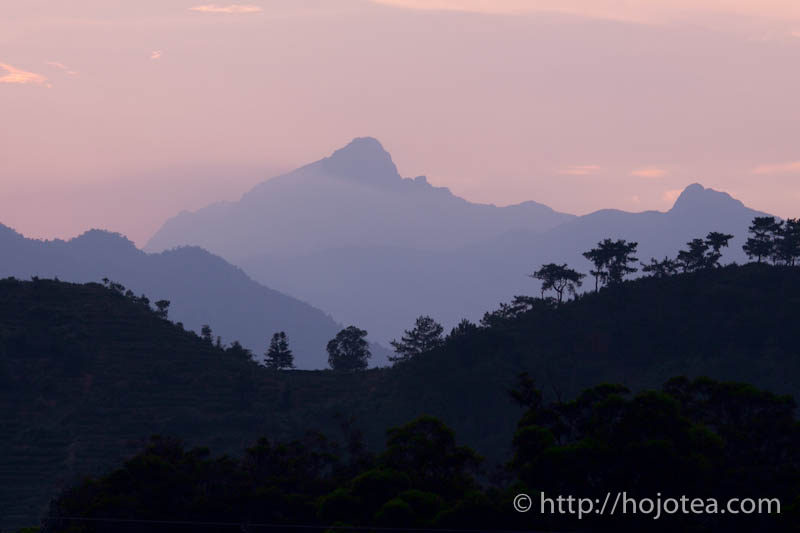 |
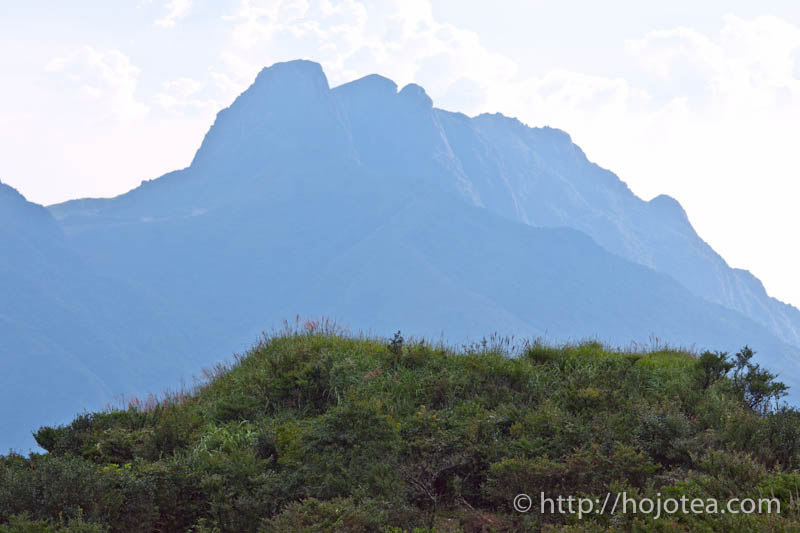 |
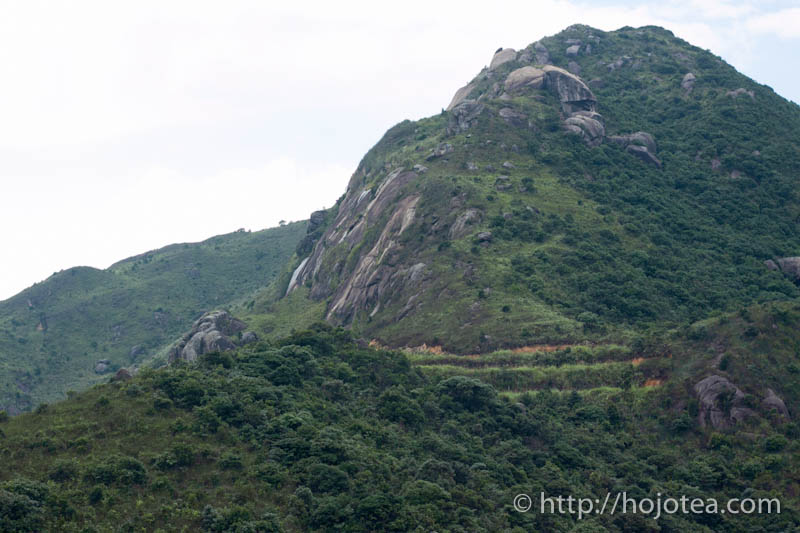 |
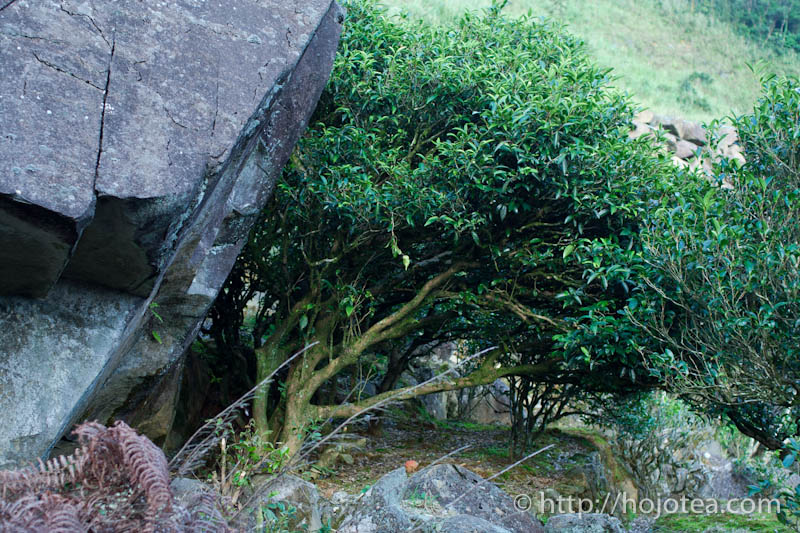 |
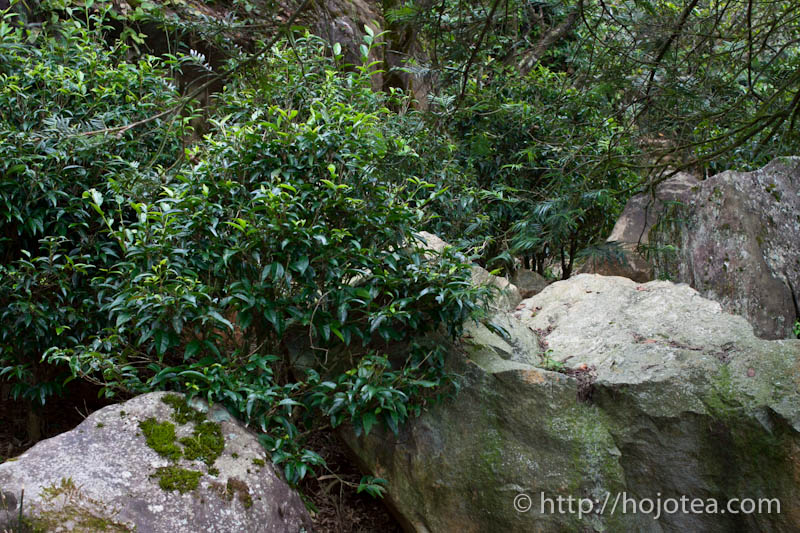 |
 |
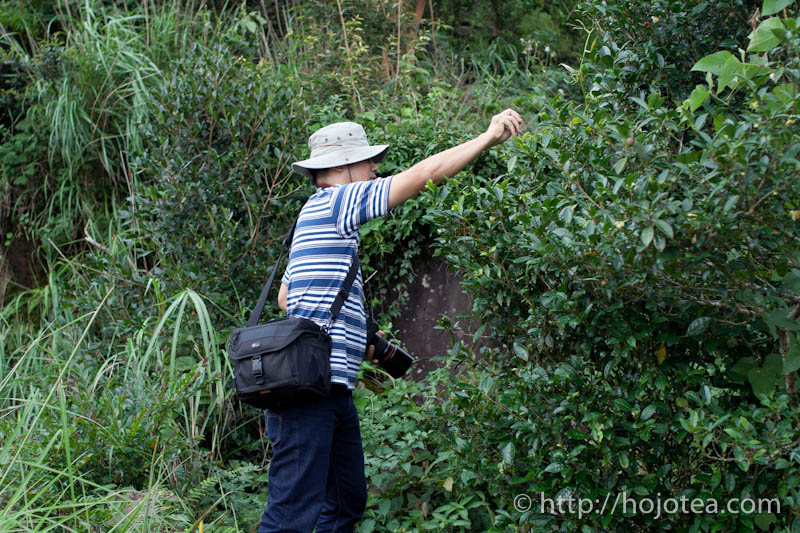 |
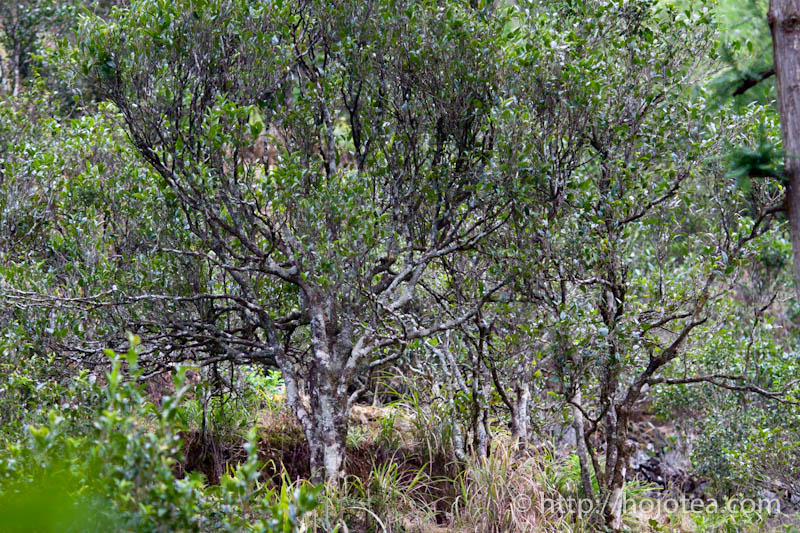 |
 |
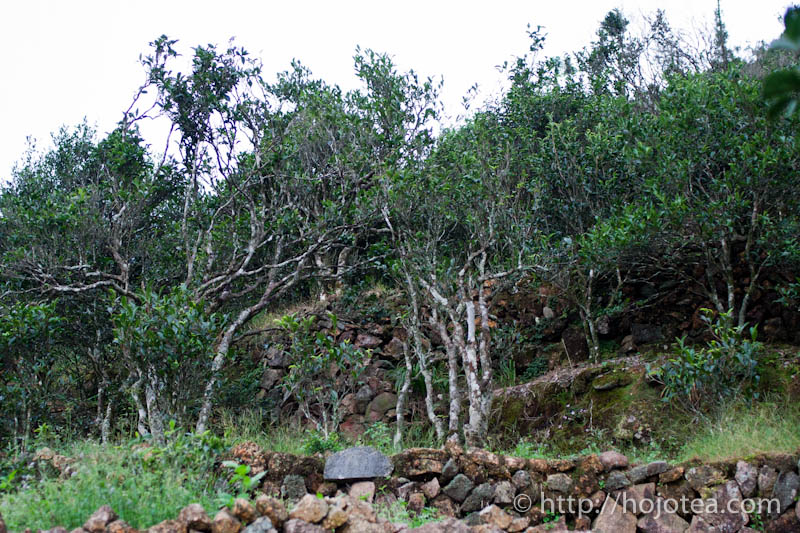 |
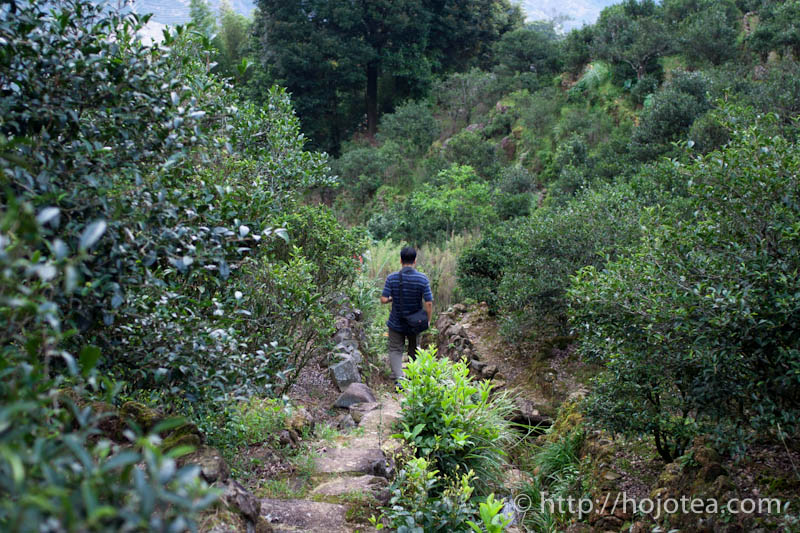 |
 |
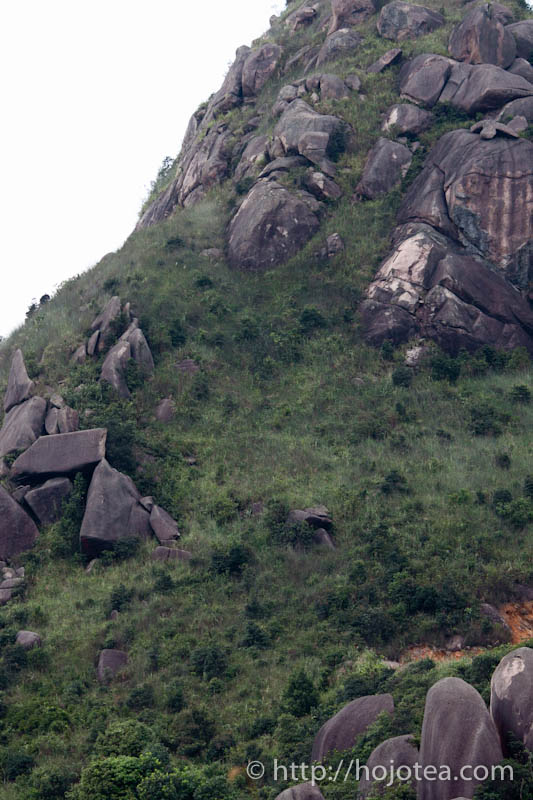 |
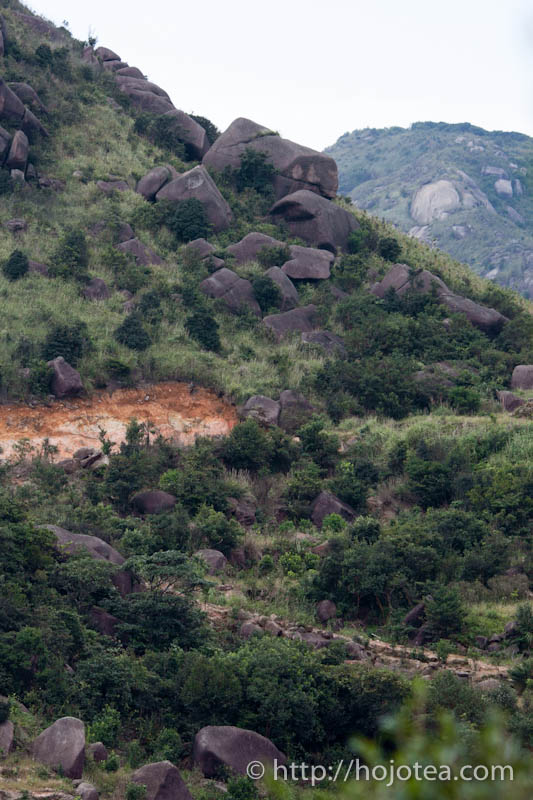 |
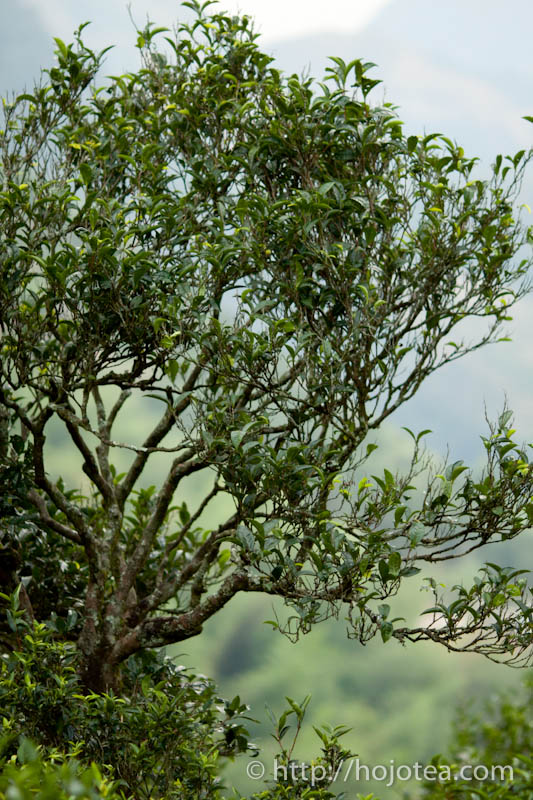 |
 |
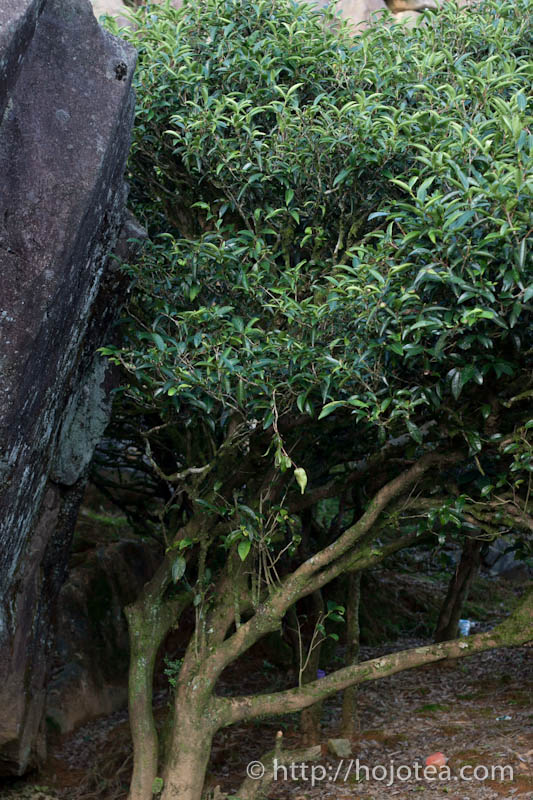 |
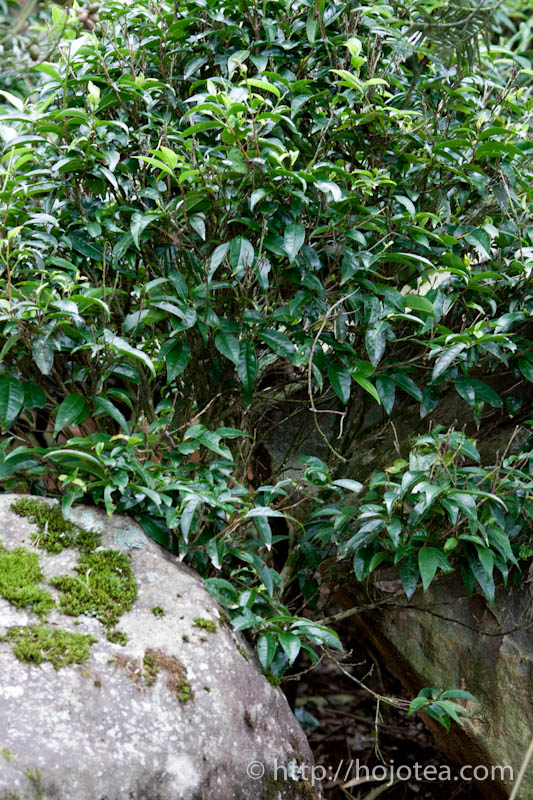 |
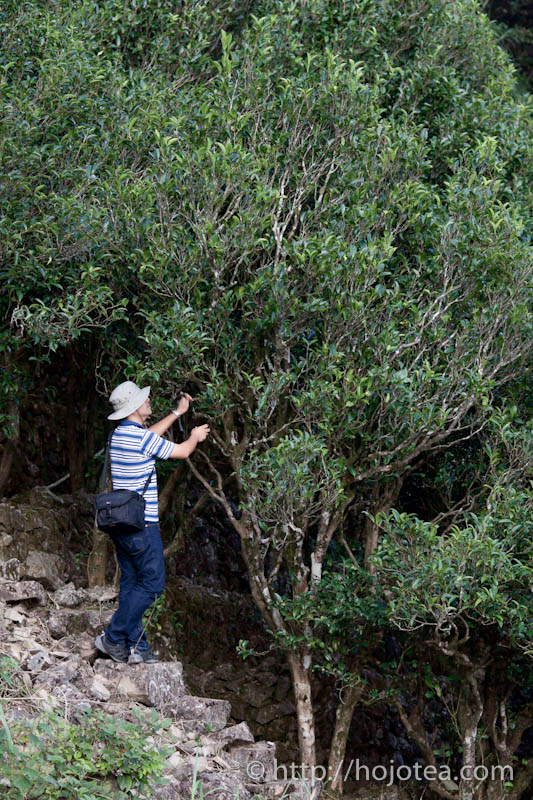 |
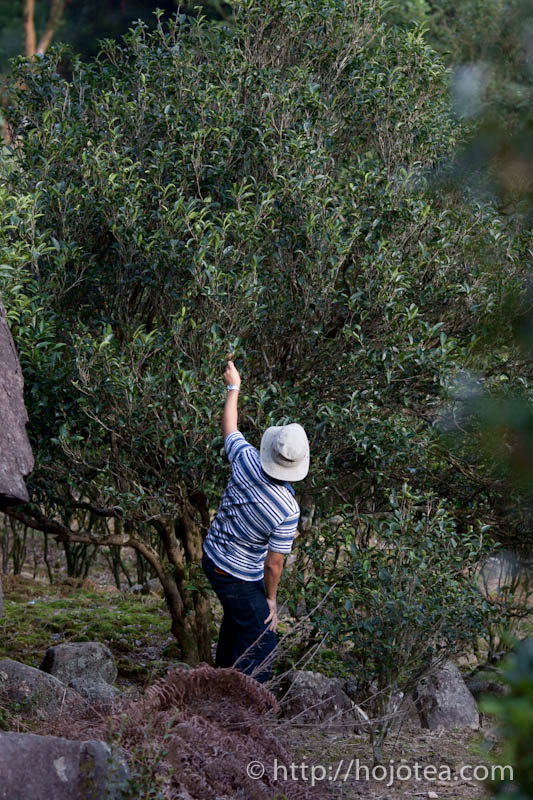 |
 |
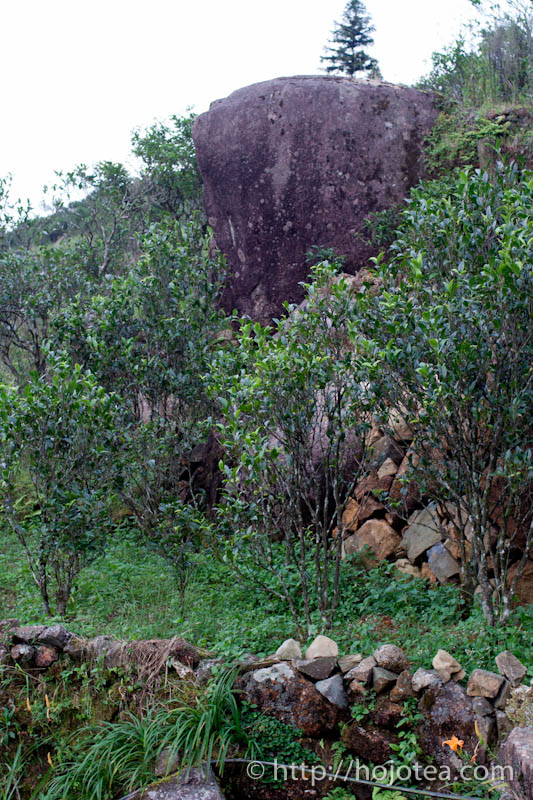 |
 |
In you are using tap water to brew tea, it is necessary to filter tap water using activated carbon filter. If not, you wouldn't be able to enjoy the authentic taste of tea. Chlorine is added to tap water in order to get rid of bacteria. But this chlorinated water will also harm our body cells. Concerning about our health condition, it is very important to remove chlorine from drinking water. The most effective method in removing chlorine is to install an activated carbon filter. This type of filter is designed for removing organic substance. It will remove not only chlorine, but also other harmful substance such as pesticide. The activated carbon filter can be easily obtained from the common hardware shop in most countries. If activated carbon filter is not available, please place a charcoal inside the water and leave it overnight. The material composed of activated carbon filter is made of ground charcoal. The difference is that activated carbon filter contains much finer particles and hence it has extremely huge surface area for a better efficiency in filtration. We do not suggest RO water (reversed osmosis water) or distilled water. This water carries no mineral, the taste and flavor of tea tends to be very unstable.
Phoenix Dan Cong tea is the oolong tea that is very peculiar. It does not get along with many kinds of material used for teapots. For example, it is not suitable to use Banko, Shigaraki, Watanabe Tozo's Sado clay tea pot. As far as I ascertain, the clay in my lineups that works very well with Phoenix Dan Cong tea is Tokoname red clay made by Gisui, Sado Oxidation and Reduction Clay by Shimizu Ken and Nigata Tsuiki-Doki Teapot. As for reduction Sado red clay by Shimizu Ken, it increases the intensity of after taste. But it reduces the flavor. Thus oxidation clay is more suitable unless you are very particular about the after taste. Based on my experiments, the Phoenix Oolong produced from the garden tea can be used with any kind of clay teapot.
Plase note that the above finding is based on using my own water both in Japan and Malaysia.
I have also checked the affinity of Phoenix Dan Cong tea with various kinds of Yi Xing and Chao Zhou clay teapot. In fact, there is no hard and fast rules on which the color of clay works well with this tea. I have tested more than 10 different kinds of Yi Xing red clay (hand made by famous potters) and found that only about 40 to 50% of the red clay teapots perform very well with Phoenix Dan Cong tea, while the rest of teapot made the taste and flavor of this tea extremely flat. A lot of customers believe that Chao Zhou clay works very well with Phoenix Oolong. You may well believe so since Phoenix Mountain is situated in Chao Zhou city. However the affinity with Chao Zhou clay is also depending on specific type of clay that potter used in production. Some clay works very well and yet some clay are so poor that they killed off the flavor of Dan Cong tea. We usually suggest customers to brew Phoenix Dan Cong tea using glass, porcelain or bone China. If you wish to examine whether or not your clay teapot works well with Dan Cong tea, please pour the tea that is brewed in glass, porcelain or bone china into your clay tea ware, and then taste each tea one after another. If you detect a deeper after taste and stronger flavor on clay-treated tea, it means your clay is suitable for this peculiar tea.
Once a bag of tea is opened, please finish it within 3 months if you wish to enjoy its freshness. From the medical point of view, it is safe to consume the tea even if it is kept for a few years. However the freshness disappears if it is kept for too long. Tea must be tightly sealed before it is kept. Tea should be kept in ambient and dry conditions such as in the living room, but it must be completely away from humidity. Tea should not be kept in the kitchen as the environment is very humid. Avoid enclosed area such as inside the cupboard or drawer as these places are damp. Also avoid opening the bag of tea in humid atmosphere. It is recommended to open the bag during a sunny day or under air-conditioned atmosphere. Once tea leaves absorb moisture, deterioration of tea will be triggered within a few days. Tea will then give an astringent taste, sometime it tastes sour. The fresh aroma also becomes weaker.
The quality of tea lasts longer if it is kept in the fridge. However we strongly recommend you not to keep tea in the fridge. When tea is withdrawn from the fridge, there is usually condensation. Once tea is exposed to moisture during condensation, the quality will deteriorate within a few days. The higher moisture content in the tea leaves will trigger oxidation and it will completely destroy the quality of tea.
Here’s one frequently asked question: what happens if bag is sealed using tape or tea is packed in zipper bag and kept inside the fridge?
For your information, these simple sealing methods are not sufficient. When the bag is withdrawn from the fridge, it is cold inside the bag and therefore causes negative pressure. Air will be drawn from outside and condensation will occur. In addition, if the bag is taken in and out from the fridge very often, this will cause heat stress to the tea leaves as temperature is increased and decreased very frequently. If tea is kept in the fridge, when it is withdrawn from the fridge, it is necessary to leave it in ambient atmosphere for more than 24 hours in order to warm up the tea leaves. Based on our experience, 12 hours is not long enough. We may think tea is warmed up, but inside the bag, the tea leaves are still cold due to insulation effect.

Please feel free to send us e-mail for enquiry at:

 |
We accept various kinds of credit card through Paypal.
Only if customer prefer other option of payment, we suggest "Bank Transfer".
Various choice of shipping method
EMS, SAL, Small Packet, Small Packet (SAL) Yamato Express and Surface
For shipping tea, we usually suggest small air parcel, the estimated shipping cost of tea in 100g (with wrapping material ) is
Small Parcel
USA JPY 600, EU JPY600 and Asia JPY470
Small Packet (SAL)
USA JPY380, EU JPY380 and Asia JPY320
The shipping fee to oversea by small air parcel happens to be even cheaper than domestic shipping fee in Japan.
For your information, some countries, EU in particular imposes custom duty. We need buyer to bare the duty. We are sorry, but we cannot change the amount on the invoice, and we do not mark any packages as gifts. We will strictly follow the custom regulation.
A GIFT FROM THE MOUNTAIN
since 2006
Copyright (C) 2006-2007 HOJO co.,ltd. All Rights Reserved.